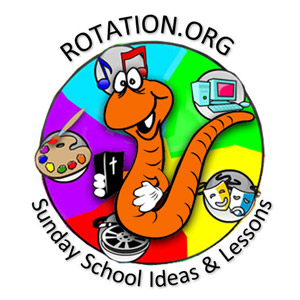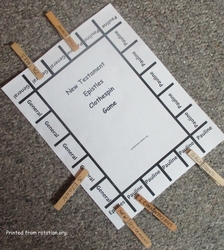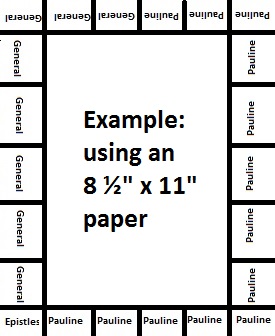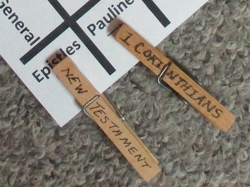Here is an OVERVIEW of Workshops we did in my church to cover Paul the Letter Writer, and the Letters he wrote! (not lesson plans)
Building Churches With Paul
Each workshop will focus on a place that received a letter from Paul:
- CORINTH Advice Workshop Learn about Paul’s advice to Corinth: 1 Cor. 12:4-31, one body
- LORD’S SUPPER Workshop: CORINTH: Learn what Paul taught about worship: 1 Cor. 11:17-26
- LETTER WRITING Workshop: PHILIPPI: Imagine you are a time traveler and founding member of our Church; write a letter to new members;
- DRAMA Workshop: PHILIPPI: Learn about the “jail break” at Philippi
- CRAFT Workshop: EPHESUS: Create a craft to think about the role of art in churches
- GAMES Workshop: ROME: Play Roman games and Twister with a map of Paul’s letters
- MISSION Workshops: TIMOTHY: Each workshop will feature the mission story of folks who have traveled there and a craft to serve our missions
MALAWI
MEXICO
CHINA
NORTH CAROLINA
Biblical Narrative: Paul’s letters Paul was so eager to spread the gospel that he used the best technology available to him to keep in touch with all the new Christians he met.
Church Building with Paul:
In writing about Paul’s mission partnership with Barnabas, our pastor notes: “No one is called to engage in the mission of Jesus Christ alone. We are a part of a community of faith. These days, when there are more Christians in the Southern Hemisphere, we need to learn about the faith from those who do not look like us. Christians should be at the forefront of embracing globalism and very wary of an idolatry of our particular Americanized way of life. Our ultimate loyalty is to the worldwide communion of Jesus Christ.”
What’s happening here?
Paul, a servant of Christ Jesus, was appointed by God to be an apostle. He was sent out to preach the good news that is Jesus Christ so that people of all nations would receive the Word and have faith. Paul was so passionate about teaching these new Christians, that he bridged his separation from them by writing letters to them. His letters encouraged them, corrected them, blessed them, prayed for them.
What difference does this Scripture make in our lives? The “so what?” How shall we then live?
Paul never imagined that his letters would become part of God’s Word, but 2000 years later we read them in the same way those early Christians did. We find encouragement, correction, blessing, and prayer. We are called to share these gifts by adding our own love to Paul’s as we witness to the extraordinary love of God through Jesus Christ our Lord.
Objectives for rotation
During the rotation, the children will explore:
1. Finding Acts and the letters of Paul in the Bible and Bible storybook
2. Praying in color – especially praying for others.
By the end of the rotation, the students should also:
1. Know that Paul traveled to spread God’s word.
2. Know that our church continues to send people to other places to spread God’s word and love.
3. Understand that the Bible offers us a guide for our daily living – including our missions.
Basic belief: Brief Statement of Faith, lines 65-68, 71 In a broken and fearful world, the Spirit gives us courage to pray without ceasing, to witness among all peoples to Christ as Lord and Savior, and to work with others for justice, freedom, and peace.
Memory verses:
Matt. 28:19-20
Jesus said, Go to the people of all nations and make them my disciples. Baptize them in the name of the Father, the Son, and the Holy Spirit, and teach them to do everything I have told you. I will be with you always, even until the end of the world.
2 Timothy 1:1-6
From Paul, an apostle of Christ Jesus. God himself chose me to be an apostle, and he gave me the promised life that Jesus Christ makes possible. Timothy, you are like a dear child to me. I pray that God our Father and our Lord Christ Jesus will be kind and merciful to you and will bless you with peace! Night and day I mention you in my prayers. I am always grateful for you, as I pray to the God my ancestors and I have served with a clear conscience. I remember how you cried, and I want to see you, because that will make me truly happy. I also remember the genuine faith of your mother Eunice. Your grandmother Lois had the same sort of faith, and I am sure that you have it as well. So I ask you to make full use of the gift that God gave you when I placed my hands on you. [a] Use it well. God's Spirit [b] doesn't make cowards out of us. The Spirit gives us power, love, and self-control. Don't be ashamed to speak for our Lord. And don't be ashamed of me, just because I am in jail for serving him. Use the power that comes from God and join with me in suffering for telling the good news.










